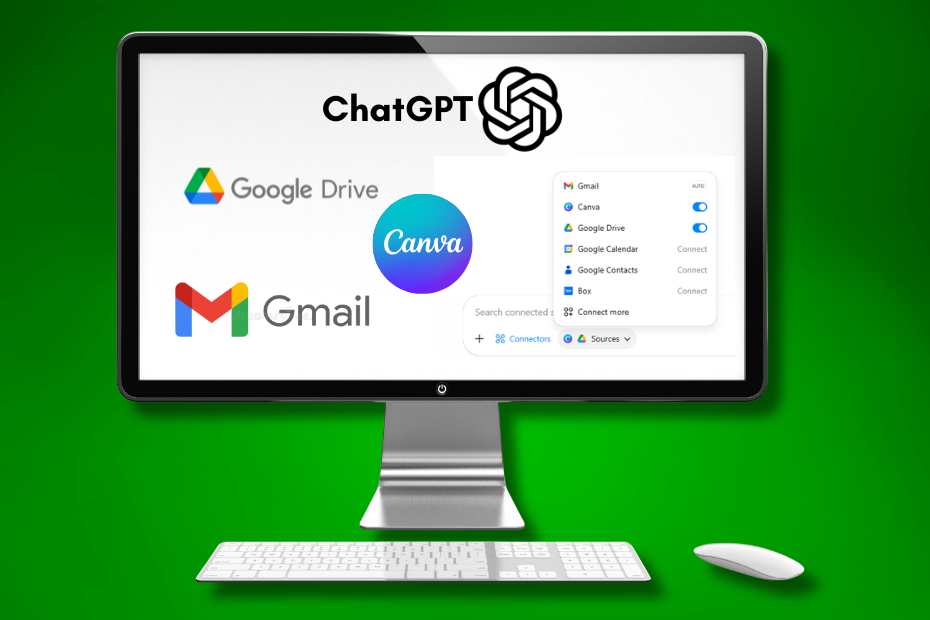Creating a blog to hep drive traffic to your business is a great strategy for increasing If you’re going to have a blog for your business, make sure you’re optimizing your posts to help you get found.
For your WordPress blog posts to rank on Google, you need to optimize them for SEO (Search Engine Optimization). Here’s a step-by-step guide to help your content get indexed and found by search engines.
1. Keyword Research: Write About What People Are Searching For
Before writing, research what your audience is searching for using tools like:
- Google Keyword Planner
- Ubersuggest (ubersuggest.com)
- Ahrefs Keyword Explorer
- Google Trends (trends.google.com)
Look for long-tail keywords (phrases of 3+ words) with low competition and high search volume. Example: Instead of just “starting a handmade business”, use “how to start a handmade business from home”.
Where to Use Keywords:
- Title (H1 tag)
- First 100 words of your post
- Headings (H2, H3, H4)
- URL (permalink)
- Image Alt Text
- Meta Description (this is what shows in search results)
2. Optimize Your Blog Post for SEO
Title & URL Optimization
- SEO-friendly title (Use numbers, power words, and keywords)
Example:
❌ Starting a Handmade Business
✅ “How to Start a Profitable Handmade Business (Step-by-Step Guide)”
- Keep URLs short and keyword-rich
Example:
❌ yoursite.com/2024/02/blog-post-123
✅ yoursite.com/start-handmade-business
Write a Compelling Meta Description
The meta description is what Google shows under your title in search results.
- Keep it under 160 characters
- Include your main keyword
- Make it click-worthy
Example:
“Want to turn your handmade hobby into a profitable business? Learn step-by-step how to start, price, and sell your products successfully!”
Use Headings & Structure Properly
Google favors well-structured content.
Use H2 for main sections, H3 for sub-sections, and H4 for deeper breakdowns.
3. Improve Your Blog Post Readability
- Write short paragraphs (2-3 sentences per paragraph)
- Use bullet points & numbered lists
- Add bold & italic for emphasis
- Avoid large text blocks (they make users leave fast)
4. Add Internal & External Links
- Internal links (link to your other blog posts to keep visitors on your site)
- External links (link to credible sources like studies or news articles)
Example:
“According to this Etsy report, handmade businesses contribute over $14 billion to the economy.”
5. Optimize Your Images
- Compress images using tools like TinyPNG
- Use descriptive file names (instead of IMG1234.jpg, name it handmade-business-guide.jpg)
- Use Alt Text to describe images (Google reads this for SEO)
6. Use an SEO Plugin
Install an SEO plugin like:
- Yoast SEO (yoast.com)
- Rank Math (rankmath.com)
These plugins guide you on where to improve your SEO in each blog post.
7. Get Google to Index Your Content
Submit Your Blog to Google Search Console
- Go to Google Search Console (search.google.com/search-console)
- Add your website and verify ownership
- Submit your sitemap (find it at yoursite.com/sitemap.xml)
- Request indexing for new blog posts
8. Boost Your Site Speed
Google favors fast websites.
- Use a lightweight WordPress theme (e.g., Astra, GeneratePress)
- Install a caching plugin like WP Rocket
- Optimize images
- Use Cloudflare for faster loading
Test your speed using Google PageSpeed Insights (pagespeed.web.dev).
9. Get Backlinks (Off-Page SEO)
Google trusts websites that others link to.
Ways to get backlinks:
- Guest post on industry blogs
- Get featured in online directories (like Handmade Business forums)
- Get bloggers/influencers to mention your blog
10. Share on Social Media & Email Lists
- Post on Pinterest (Pinterest is great for blog traffic!)
- Share in Facebook Groups where makers hang out
- Tweet your post (Google indexes tweets)
- Email your subscribers with the new post
Final Thoughts: How Long Until You See Results?
SEO takes time. You may see rankings in 2-6 months if you stay consistent.
The key is publishing high-quality content regularly and optimizing each post.
Would you like a checklist for SEO-optimizing your WordPress posts? 🚀



